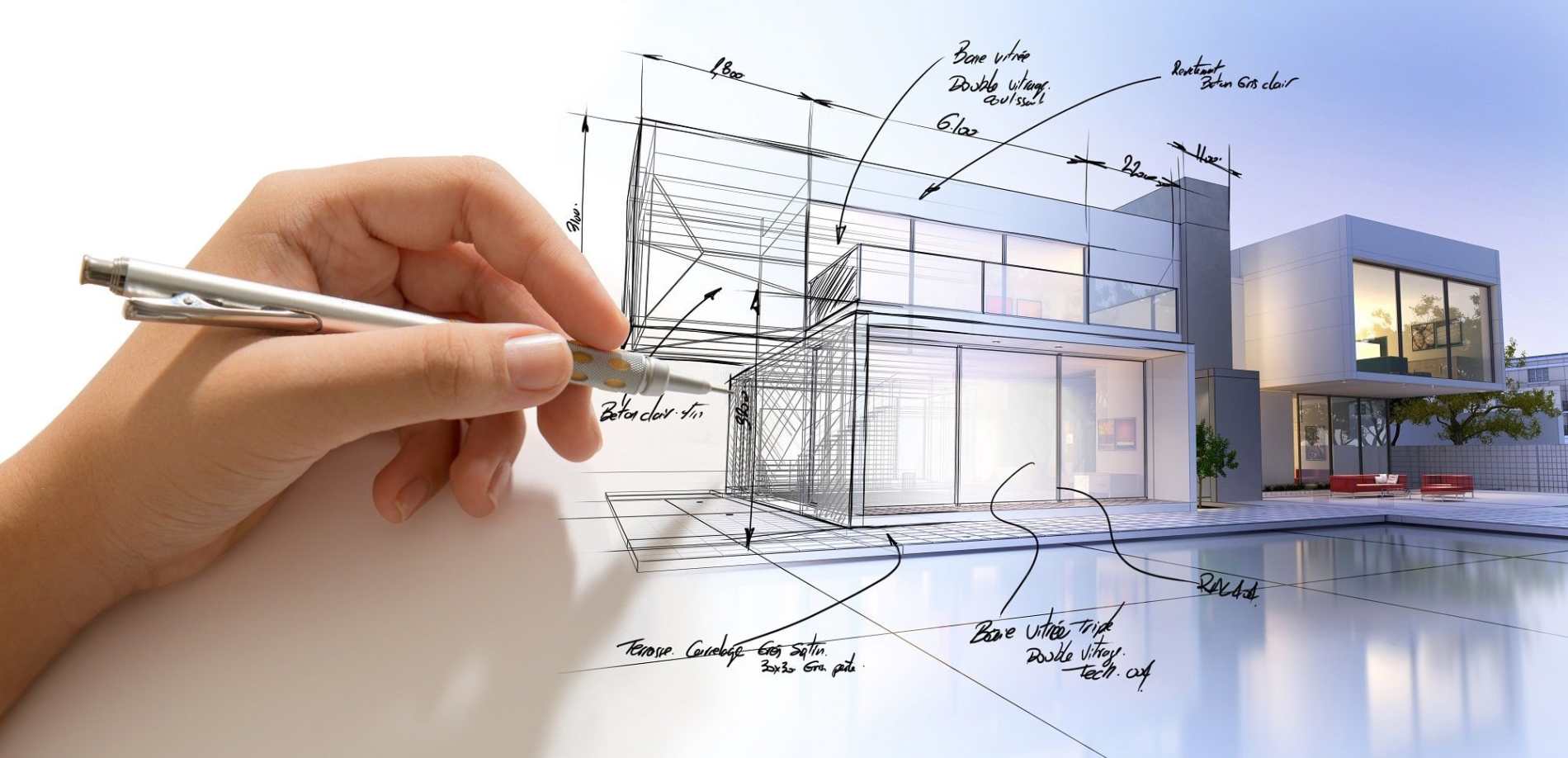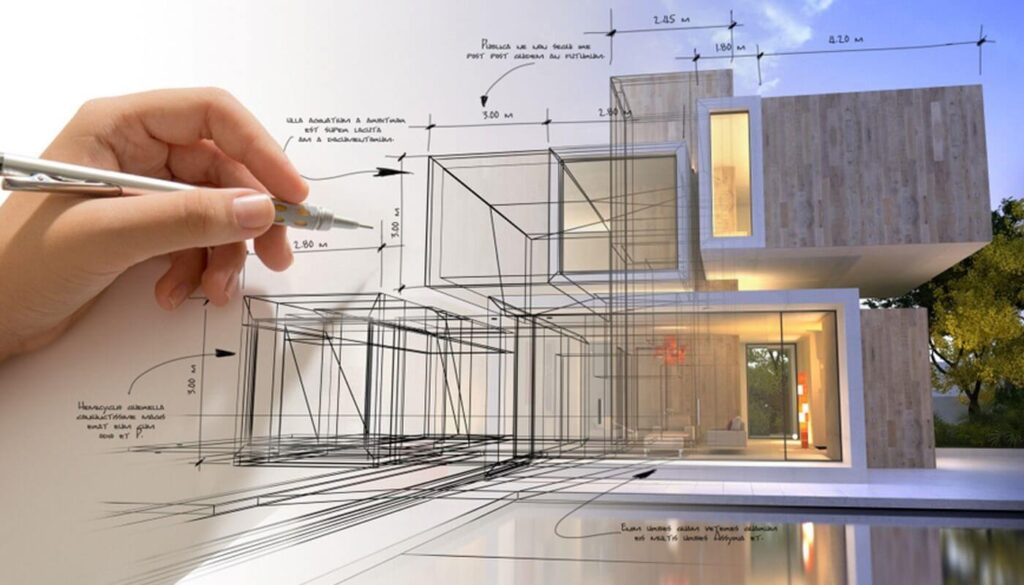The Creative Process Behind Successful Projects from CDA Architects
Wiki Article
The Influence of Technological Advancements on the Layout Practices of Contemporary Architects
The fast evolution of technical tools has actually substantially reshaped the layout landscape for contemporary engineers, promoting unprecedented degrees of innovation and sustainability. The assimilation of Building Details Modeling (BIM), parametric style, and expert system has not just streamlined cooperation among varied teams yet likewise redefined task execution. However, as designers welcome these developments, they are challenged with intricate challenges that might impact their imaginative procedures. Discovering these dynamics exposes a nuanced interaction between innovation and typical design methods, motivating a closer assessment of what the future holds for building methods.Development of Architectural Equipment
Exactly how have architectural devices changed the style and construction procedures over the centuries? The advancement of building tools has significantly influenced the performance, accuracy, and imagination of design and construction.With the introduction of the Renaissance, the introduction of the compass and the protractor noted a critical change. These devices enabled engineers to accomplish greater precision in their styles, facilitating the appearance of more intricate and proportional buildings. The Industrial Change even more revolutionized building experiment the intro of mechanized devices and materials, permitting for larger and a lot more ambitious projects.
In the 20th century, the advancement of computer-aided design (CAD) software application transformed the landscape once more, providing architects with extraordinary capabilities in modeling and visualization. Today, progressed devices such as Building Info Modeling (BIM) and parametric design software application proceed to push the limits of building innovation, making it possible for a more integrated strategy to design and building procedures.
Boosted Collaboration in Design
As innovation remains to progress, boosted cooperation in design has become a cornerstone of contemporary architectural method. The combination of digital tools such as Building Info Modeling (BIM), cloud-based platforms, and advanced visualization software application has transformed the way designers, engineers, and stakeholders communicate throughout the design process. These tools facilitate real-time interaction, permitting groups to share concepts, alterations, and responses instantly, regardless of geographical location.
Additionally, interdisciplinary partnership has actually been streamlined via these technological improvements, allowing engineers to function more very closely with other experts, such as urban coordinators and ecological specialists. The outcome is a more cohesive strategy to design that takes into consideration various point of views and knowledge. Inevitably, improved cooperation in design is not simply a fad; it is vital for developing innovative, functional, and visually pleasing style in an increasingly complicated globe.

Sustainability Via Modern Technology
Sustainability in style has progressively ended up being intertwined with technical technology, driving the market toward environmentally liable techniques. Contemporary designers are leveraging sophisticated technologies to minimize ecological influence while improving the performance of structures. cda architects. One noticeable instance is the use of Building Details Modeling (BIM), which enables exact planning and resource appropriation, lowering waste throughout building and advertising power performance throughout a structure's lifecycleAdditionally, smart products and energy-efficient systems are being integrated right into styles to optimize source usage. Technologies such as solar batteries and green roof covering systems harness sustainable power sources, adding to decreased carbon impacts. Additionally, the application of expert system in layout processes makes it possible for architects to replicate and analyze power intake, directing choices toward even more sustainable outcomes.
The combination of lasting technologies not just straightens with global ecological objectives but likewise fulfills an enhancing need from customers for environmentally friendly remedies. As architects accept these technologies, the focus moves in the direction of developing spaces that are not only visually pleasing however additionally functionally sustainable, thus redefining the requirements of modern-day style. In this way, innovation works as a stimulant for sustainability, enabling architects to develop structures that regard and boost the all-natural setting.
Challenges in Implementation
While technological developments in design hold excellent assurance for enhancing sustainability, their implementation frequently experiences considerable difficulties. One main challenge is the steep knowing curve connected with new innovations. Designers and building experts may require comprehensive training to efficiently utilize advanced software and tools, which can postpone task timelines and raise expenses.In addition, the combination of emerging technologies, such as Building Details Modeling (BIM) and lasting materials, typically necessitates collaboration throughout multidisciplinary groups. This collaboration can be hindered by distinctions in know-how, operations, and interaction styles, bring about prospective conflicts and inefficiencies.

In addition, regulatory frameworks and building ordinance might not equal technical advancements, creating uncertainty and possible conformity issues. This difficulty can prevent engineers from totally embracing new innovations, as the danger of non-compliance might surpass the advantages. Therefore, addressing these implementation difficulties is critical for the effective assimilation of technical advancements Get More Information in contemporary architectural methods.
Future Patterns in Design
The difficulties related to the application of brand-new innovations in design have prompted a reevaluation of future fads within the sector - cda architects. As designers navigate issues such as sustainability, urbanization, and social Homepage equity, they are increasingly taking on cutting-edge innovations to enhance design efficiency and ecological efficiencyOne popular trend is the assimilation of expert system (AI) in the design procedure. AI devices can evaluate vast datasets to educate layout decisions, enhancing both creative thinking and performance. Likewise, Building Details Modeling (BIM) remains to evolve, making it possible for real-time partnership among stakeholders and facilitating structured project monitoring.
Sustainable layout practices are additionally acquiring energy, with architects concentrating on adaptive reuse and regenerative style principles that lessen resource intake and waste. The consolidation of clever materials and renewable resource resources will certainly even more boost the resilience of structures in the face of climate adjustment.
Furthermore, the increase of parametric layout permits even more tailored and context-sensitive architectural options (cda architects). By harnessing these developments, engineers are positioned to create developed settings that not just deal have a peek at this website with the instant demands of culture but also expect future obstacles, thereby redefining the role of design in an ever-changing globe
Verdict
Technical improvements have considerably reshaped building layout methods, helping with enhanced accuracy, partnership, and sustainability. The combination of tools such as Structure Info Modeling and parametric design software, along with man-made intelligence and clever products, empowers engineers to attend to complicated challenges extra successfully.Report this wiki page